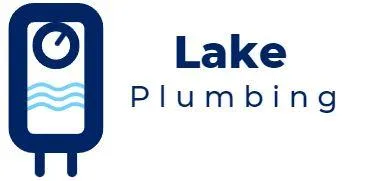Essential Water Heater Maintenance Tips for Eclectic
Maintaining your water heater is crucial for its longevity and efficiency. With a few simple tips, you can keep your water heater running smoothly, providing you with hot water whenever you require it. This informative article presents essential maintenance suggestions that will not only save you money but also guarantee a reliable appliance for years to come.

Check your water heater pressure
If you suspect that your water heater is not functioning properly, it may be worth checking the water heater pressure. This step is crucial in ensuring that your water heater is able to deliver hot water efficiently and safely. Water heater pressure refers to the force exerted by the water against the walls of the tank. To check the water heater pressure, start by turning off the power supply to the heater. This is essential for your safety as you will be dealing with hot water. Locate the pressure relief valve on the top or side of the tank. It is usually a lever or a handle with a small tag indicating "pressure relief valve." Place a bucket or a container below the valve to catch any water that may be released during the process. With precaution, lift the lever or handle of the pressure relief valve. Be cautious as hot water may be discharged. Allow the water to flow for a few seconds and then release the lever. If the water flows smoothly and the pressure seems within the recommended range, there is no need for concern. However, if the flow is weak or the water trickles, it may indicate a problem with the pressure. In such cases, consider contacting a professional for water heater replacement in Eclectic. Over time, water heater pressure may become too high, which can lead to more serious issues. High pressure can strain the tank, leading to leaks or, worse, a rupture, which can cause significant property damage. Therefore, it is vital to regularly check the water heater pressure and ensure that it is within the acceptable range.

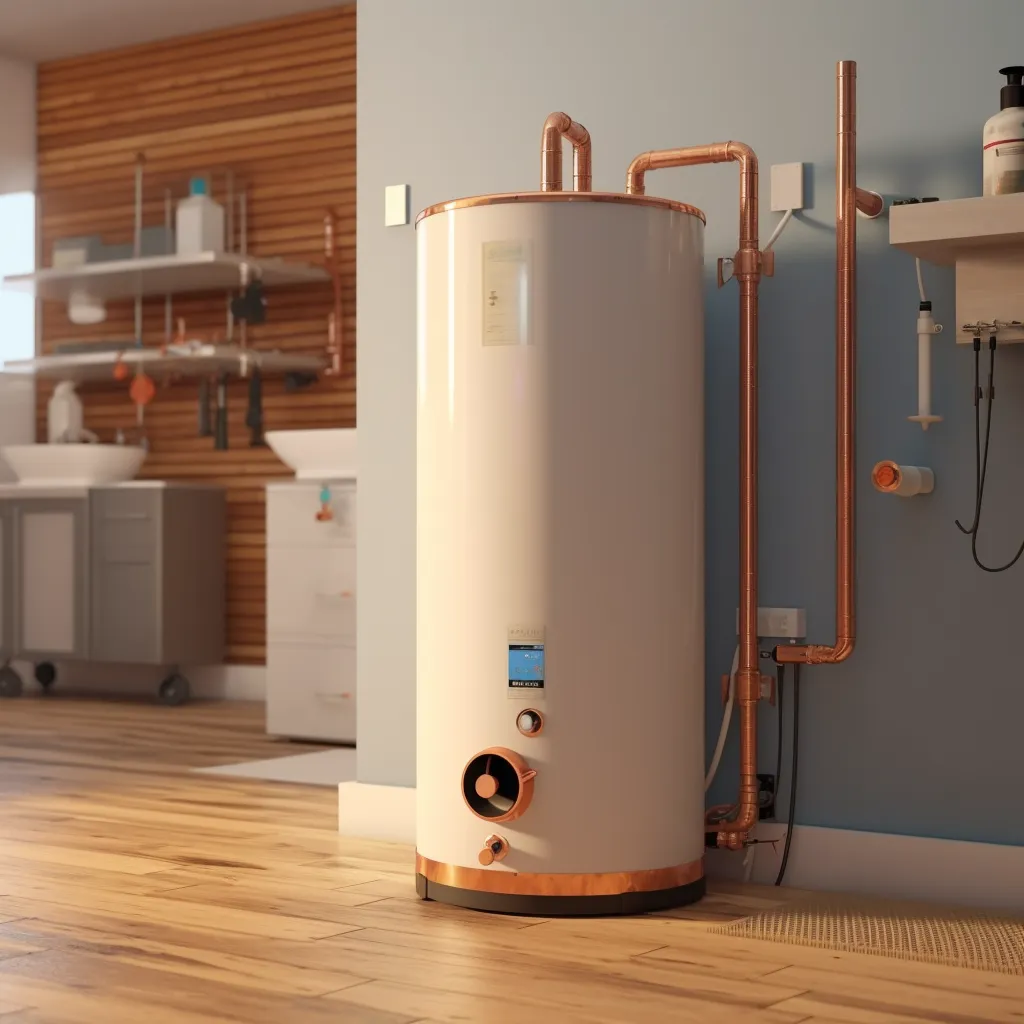
Regularly check for corrosion, rust and leaks
Regularly inspecting your water heater for corrosion, rust, and leaks is crucial to ensure its optimal performance and longevity. By identifying these issues early on, you can prevent more severe problems such as water damage or a complete breakdown of the unit. If you spot any signs of corrosion, rust, or leaks, it may be time to consider a water heater replacement in Eclectic. Corrosion and rust are common problems that can occur over time due to the continuous exposure of water to the tank and its components. Corrosion refers to the gradual deterioration of the metal surfaces, while rust specifically refers to the reddish-brown coating that forms on iron and steel when they oxidize. These issues can weaken the structural integrity of the tank and affect the efficiency of the water heater. Leaks are another problem to watch out for. They can manifest in various forms such as puddles or drips around the unit, a sudden decrease in hot water supply, or an increase in your water bill. Leaks can stem from faulty valves, loose connections, or even a rupture in the tank itself. Ignoring leaks can lead to extensive water damage to your property and potentially even pose safety hazards.
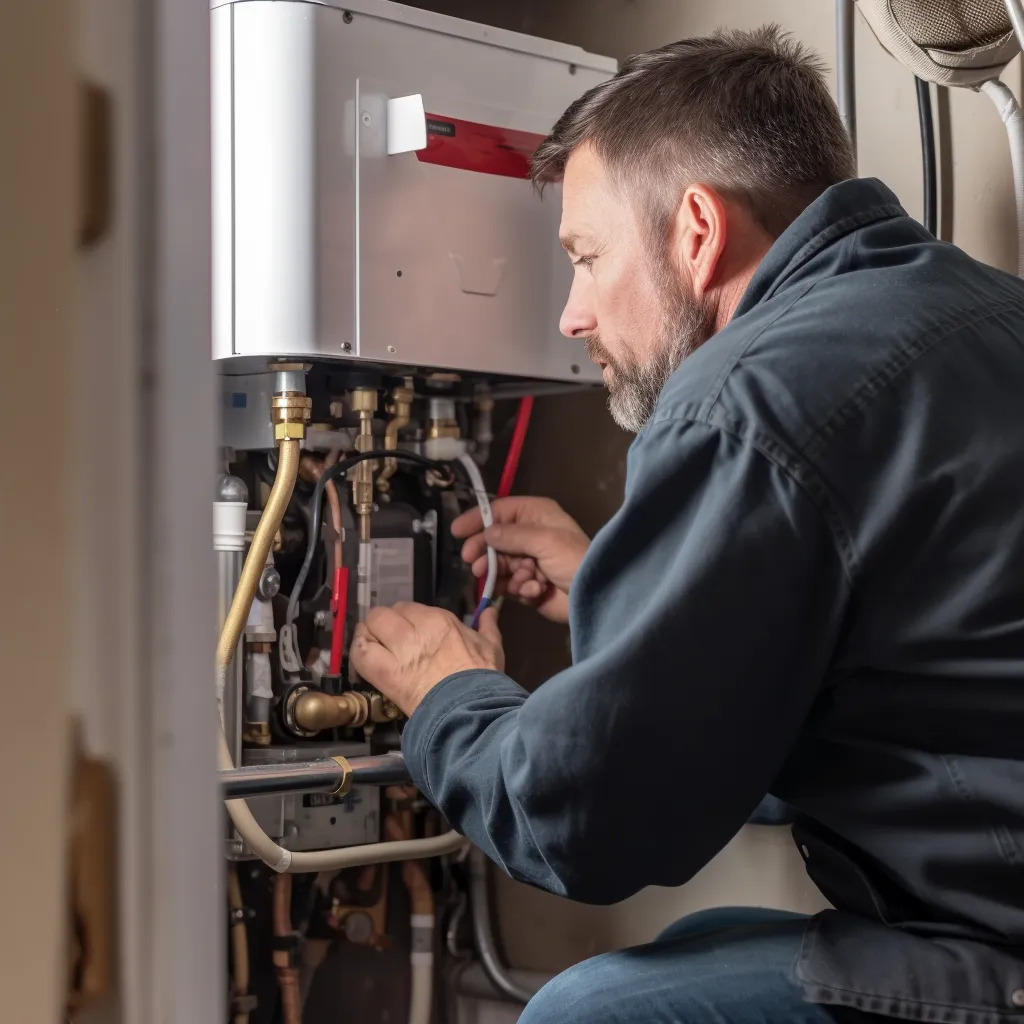
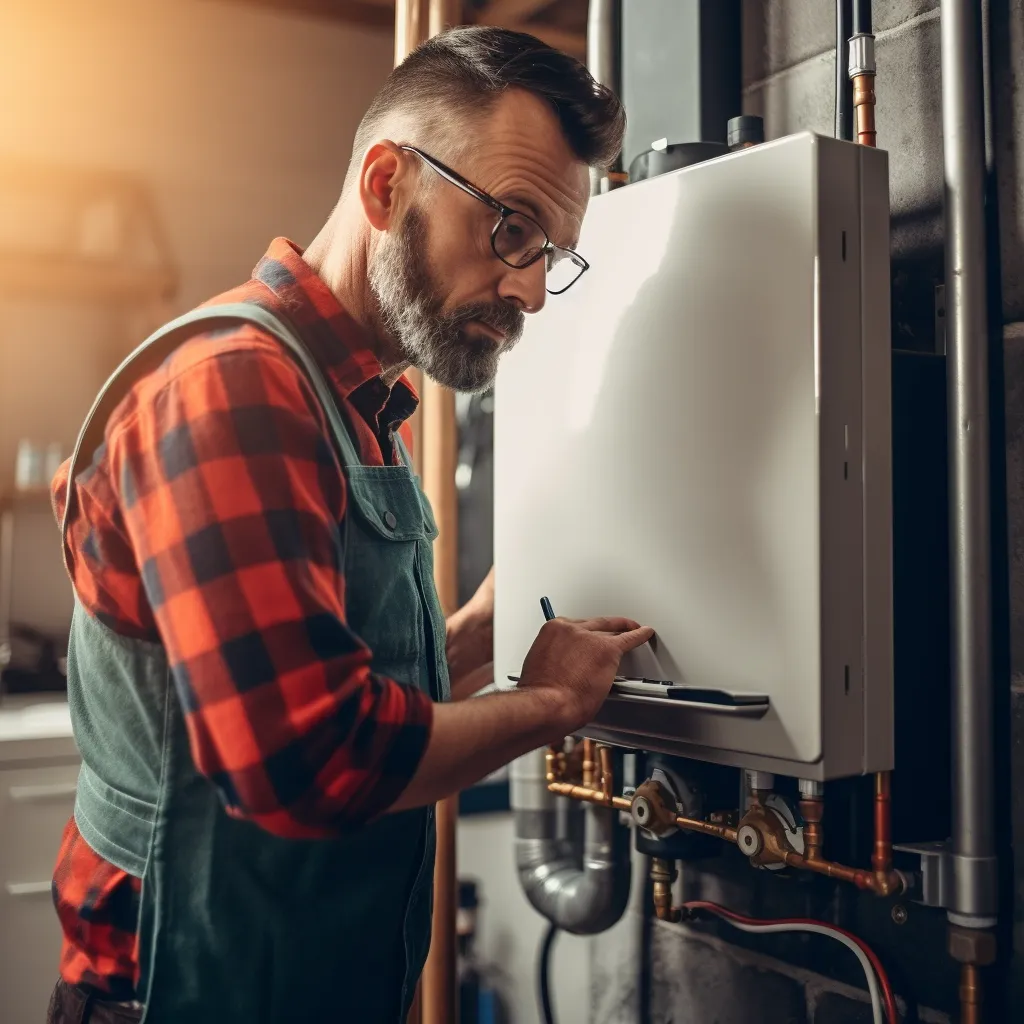
Keep the temperature at 120 degrees F
One important aspect to consider is the temperature setting. It is highly recommended to keep the temperature of your water heater at 120 degrees Fahrenheit. This ensures that you have a comfortable and safe supply of hot water while also minimizing the risk of scalding accidents. By setting the temperature at this level, you can enjoy the perfect balance of warmth and energy efficiency in your Eclectic home.

Check the anode rod on a regular basis for corrosion
It is crucial to regularly check the anode rod for corrosion. The anode rod plays a significant role in extending the life of your water heater by attracting corrosive elements in the water that could otherwise damage the tank. Over time, the rod can become corroded and less effective at preventing corrosion in the tank. To check the anode rod, follow these simple steps. First, ensure that the power and water supply to the water heater are turned off. Locate the anode rod on top of the heater; it is typically attached to the hot water outlet. Use a wrench or socket to remove the rod from the tank. Inspect the rod for any signs of corrosion or deterioration, such as flakes, pits, or a worn-down appearance. If the rod is eroded, it is recommended to replace it. Regularly monitoring the condition of the anode rod and replacing it when necessary is a crucial part of water heater maintenance. This simple task can greatly extend the lifespan of your water heater and save you from potential costly repairs or replacements down the line. So, make sure to include checking the anode rod in your regular water heater maintenance routine.
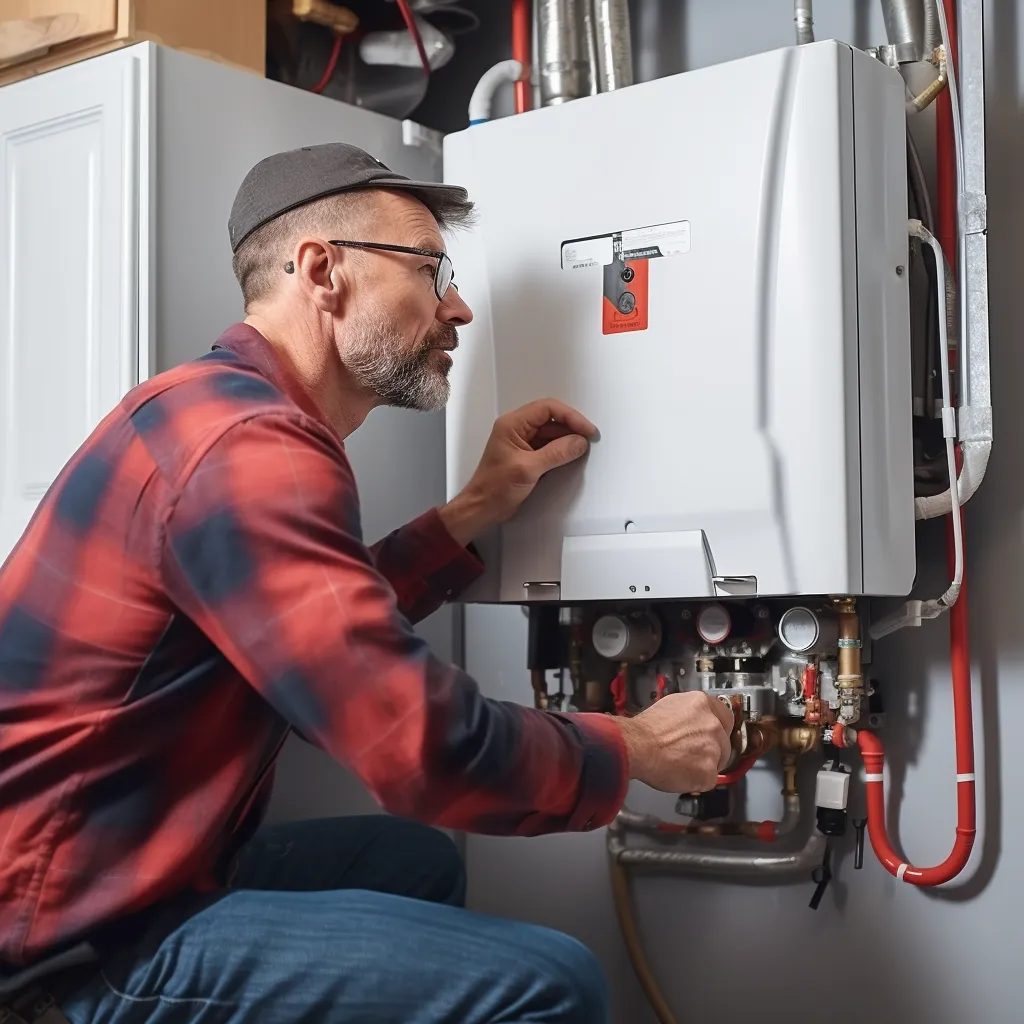
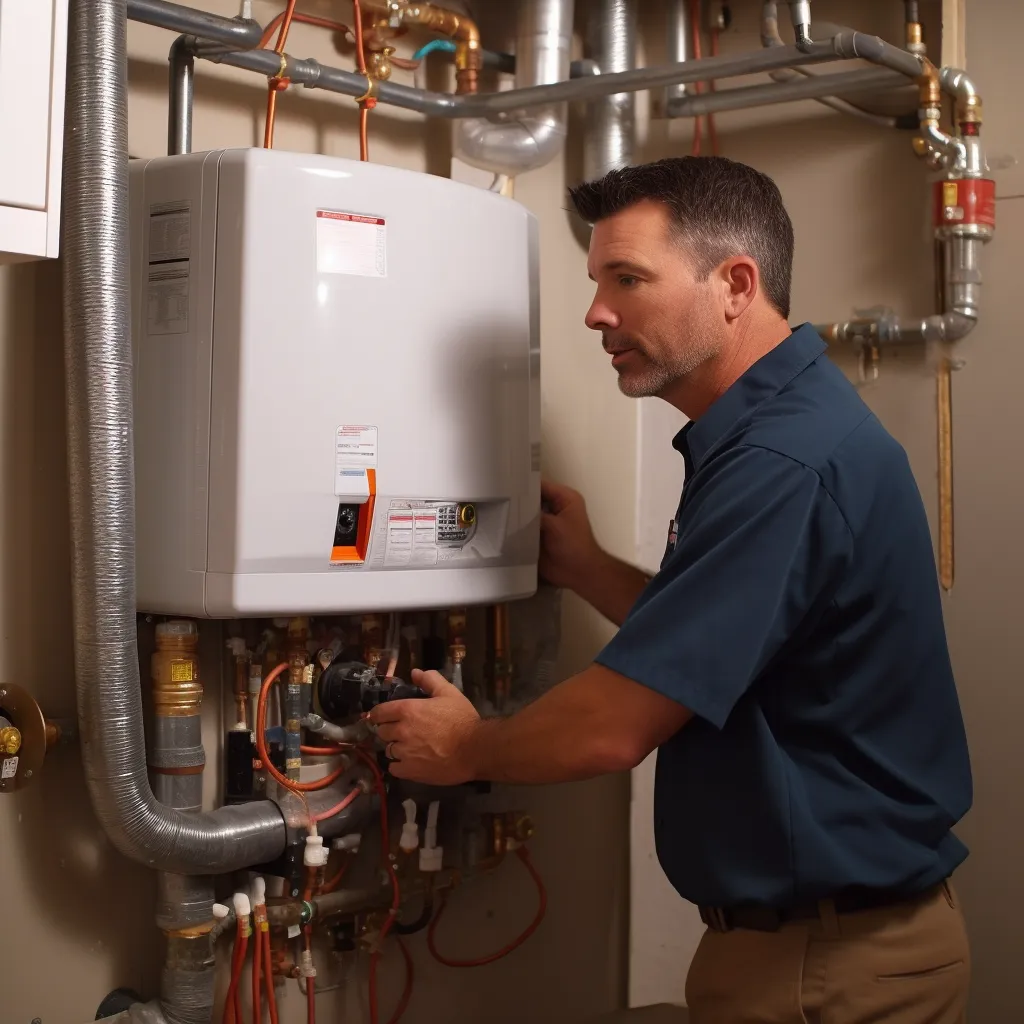
Ensure valves are functioning properly
It is essential to check the functionality of all valves involved with your water heater. By ensuring that each valve is working correctly, you can avoid any potential issues down the line. It is crucial to pay close attention to the main water shut-off valve, the pressure relief valve, and the drain valve. The main water shut-off valve allows you to stop the flow of water into the water heater, making it essential for disconnecting the old unit and connecting the new one. Before beginning the replacement process, test the shut-off valve to confirm that it fully closes and stops water flow. The pressure relief valve is designed to release excess pressure from the water heater to prevent potential explosions or damage. During the replacement, inspect the pressure relief valve to ensure it is not stuck or leaking. If any issues are detected, it is important to address them promptly to maintain the safety and functionality of the new water heater. Lastly, the drain valve enables the removal of old water from the heater tank. Prior to the replacement, verify that the drain valve fully opens and closes. This allows for efficient drainage during the replacement process, ensuring that no residual water remains in the tank.

Make sure connections are tight, secure, and leak-free
One of the most important steps is to ensure that all connections are tight, secure, and leak-free. This is crucial to prevent any water damage and prolong the lifespan of your new water heater. Before starting the replacement process, it is recommended to carefully examine all the connections to make sure they are properly secured. This includes checking the water supply line, gas line (if applicable), and the drain valve. If any connections are loose or appear to be worn out, they should be tightened or replaced to avoid any potential leaks. Leaking connections can not only lead to water damage but can also result in energy loss and decreased efficiency of your water heater. Moreover, gaskets and seals that have degraded over time might also need to be replaced during the water heater replacement process. These components play a fundamental role in ensuring a tight and leak-free connection, so it's important not to overlook their condition. If you are unsure about how to assess the connections, it is always wise to seek the assistance of a professional plumber or heating technician. They have the expertise and knowledge to identify any potential issues and ensure that all connections are properly secured during the water heater replacement.
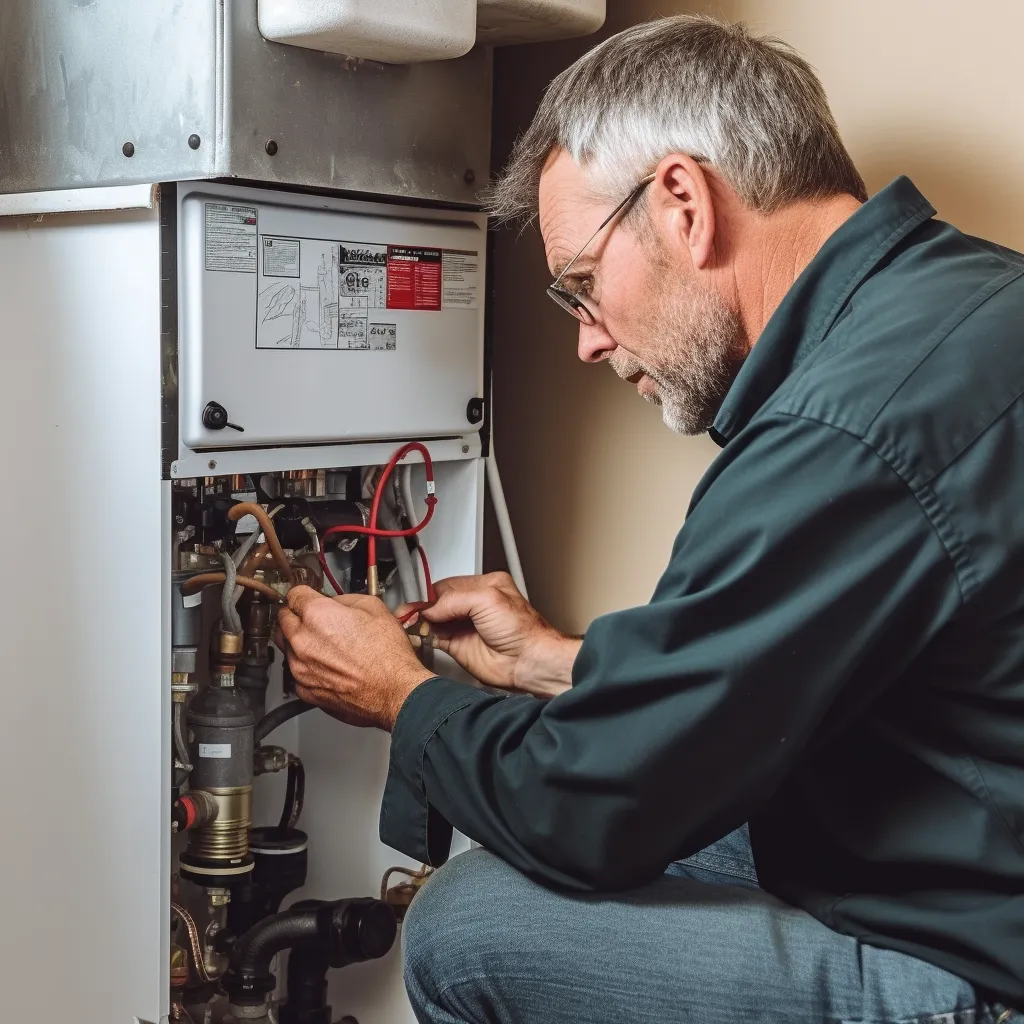
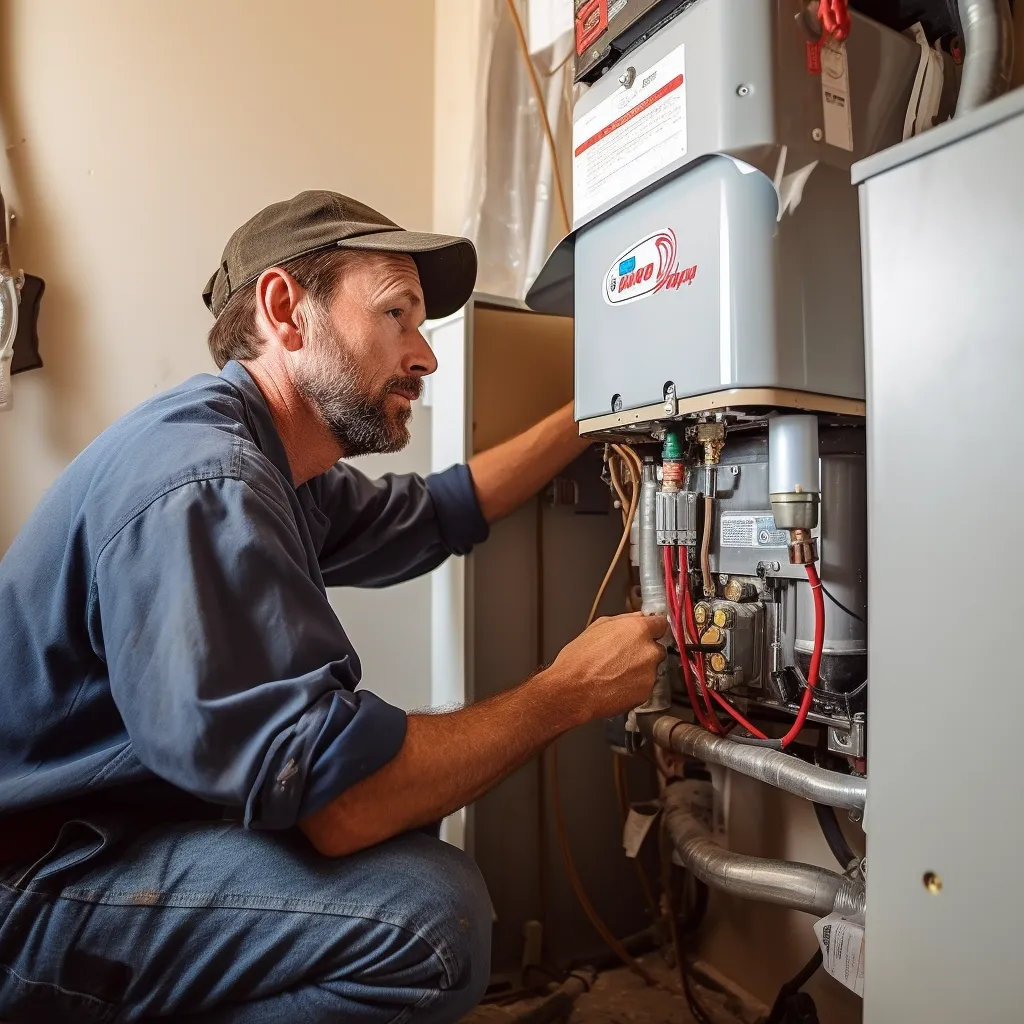
Insulate pipes to cut down on heat loss
One effective method to achieve efficiency and save energy is by insulating pipes to minimize heat loss. By doing so, you can significantly reduce energy waste and your overall heating costs. Insulating pipes involves covering them with a layer of insulation material, which helps to maintain the temperature of the water as it travels from your water heater to various points in your home. This simple yet effective solution prevents heat from escaping into the surrounding environment, ensuring that hot water arrives promptly and reduces the need for frequent reheating. Not only does insulating pipes promote energy efficiency, but it also provides other benefits. For instance, it can prevent pipes from freezing during colder months, reducing the risk of burst pipes and costly repairs. Additionally, the insulation helps to minimize condensation on pipes, preventing potential water damage and mold growth. To insulate your pipes, you can use foam pipe insulation sleeves, which are readily available at most hardware stores. These sleeves are easy to install and are specifically designed for water pipes. Simply cut the sleeves to the appropriate length, open them up, and wrap them around the pipes, ensuring a snug fit. Secure the insulation with tape or zip ties to keep it in place.

Inspect heating elements
One important step is to inspect the heating elements. The heating elements in a water heater are responsible for heating the water stored in the tank. Over time, these elements may wear out or become faulty, leading to insufficient hot water or no hot water at all. During the water heater replacement process, a professional technician will carefully inspect the heating elements to determine their condition. They will check for any signs of damage, corrosion, or buildup that may affect their performance. If the heating elements show any signs of deterioration, they will be replaced with new ones to ensure optimal heating efficiency. Inspecting the heating elements is crucial as it helps to identify any potential issues that may impact the performance of the water heater. By replacing the heating elements during the water heater replacement process, homeowners can ensure that their new unit operates efficiently, providing them with a steady supply of hot water whenever needed.
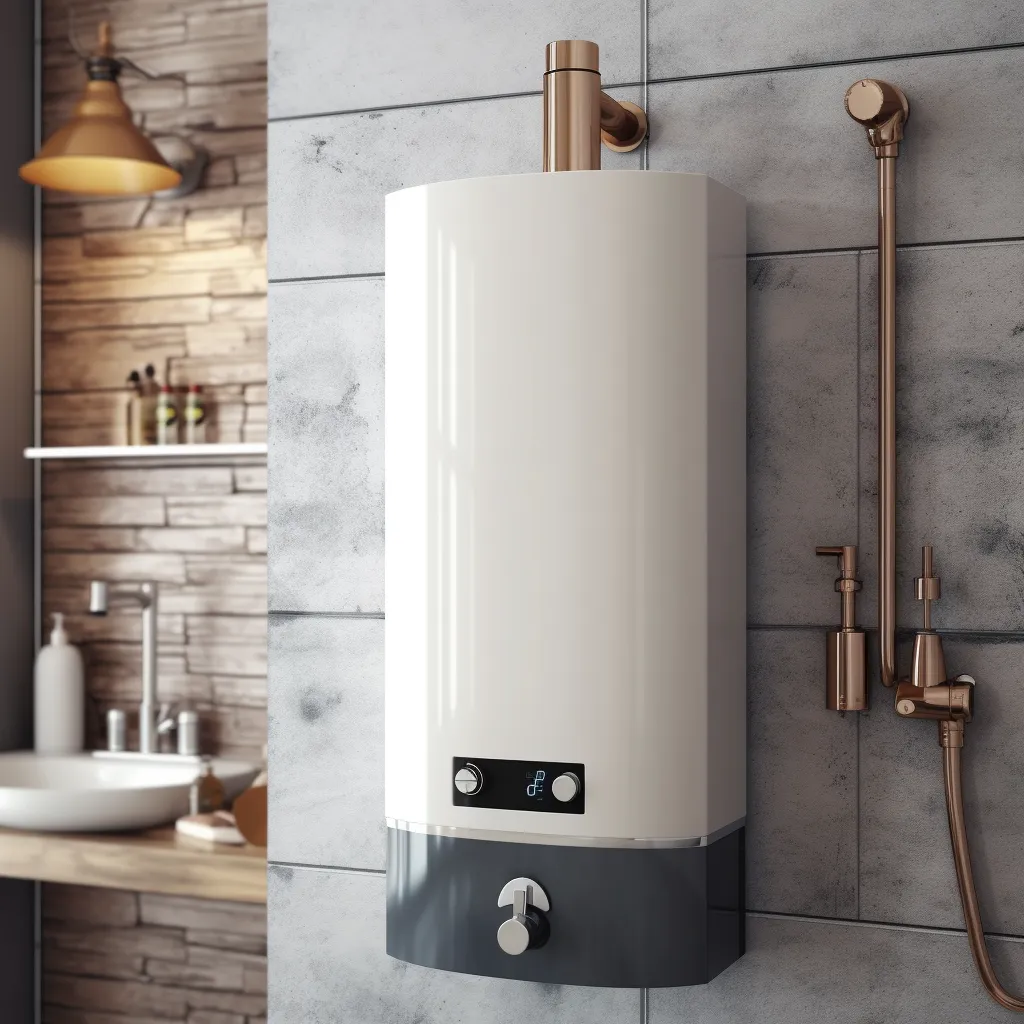
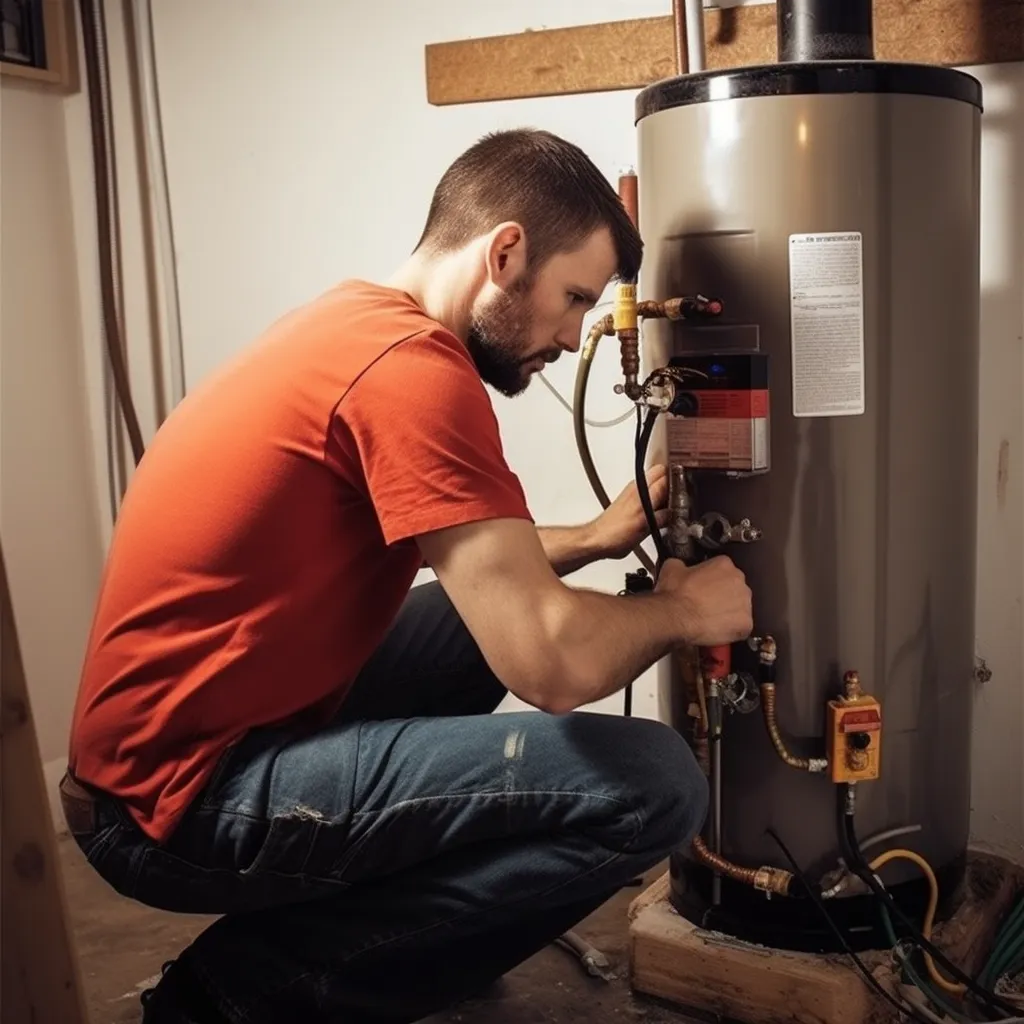
Ventilate the area around your water heater
Water heaters require proper ventilation to ensure safe and efficient operation. Without adequate airflow, the unit can overheat, leading to dangerous situations. To maintain proper ventilation, it is crucial to keep the area around the water heater clean and free from obstructions, allowing sufficient airflow. This not only reduces the risk of overheating but also prolongs the lifespan of your water heater. Prioritizing adequate ventilation is essential for the safety of your home and yourself. Do not compromise on ventilation, as it is not worth jeopardizing your safety or the integrity of your home.

Drain and clean the tank on a yearly basis
One important aspect of water heater maintenance is to drain and clean the tank on a yearly basis. This regular upkeep helps to prevent sediment buildup, which can negatively impact the efficiency and lifespan of your water heater. By regularly draining and cleaning your water heater tank, you can remove any sediment or mineral deposits that may have accumulated over time. Sediment buildup can cause the tank to become less efficient, resulting in increased energy consumption and higher utility bills. Moreover, it can also lead to premature wear and tear on the tank, ultimately reducing its lifespan. To drain and clean the tank, follow these simple steps. First, turn off the power supply to the water heater or switch off the gas valve. Next, attach a hose to the drain valve located near the bottom of the tank and place the other end in a suitable drainage area. Open the valve to release the water, allowing it to empty completely from the tank. Once the tank is drained, it's time to clean the interior. Use a brush or scrub pad to gently scrub the insides of the tank, removing any loose sediment or mineral deposits. Be cautious not to damage the tank's lining during this process. After scrubbing, rinse the tank thoroughly by filling and draining it a few times until the water runs clear. Once the tank is clean and free of sediment, close the drain valve and remove the hose. Refill the tank by opening the cold water supply valve and allow it to fill completely before restoring the power or gas supply. Finally, check for any leaks around the connections and ensure the water heater is functioning properly.
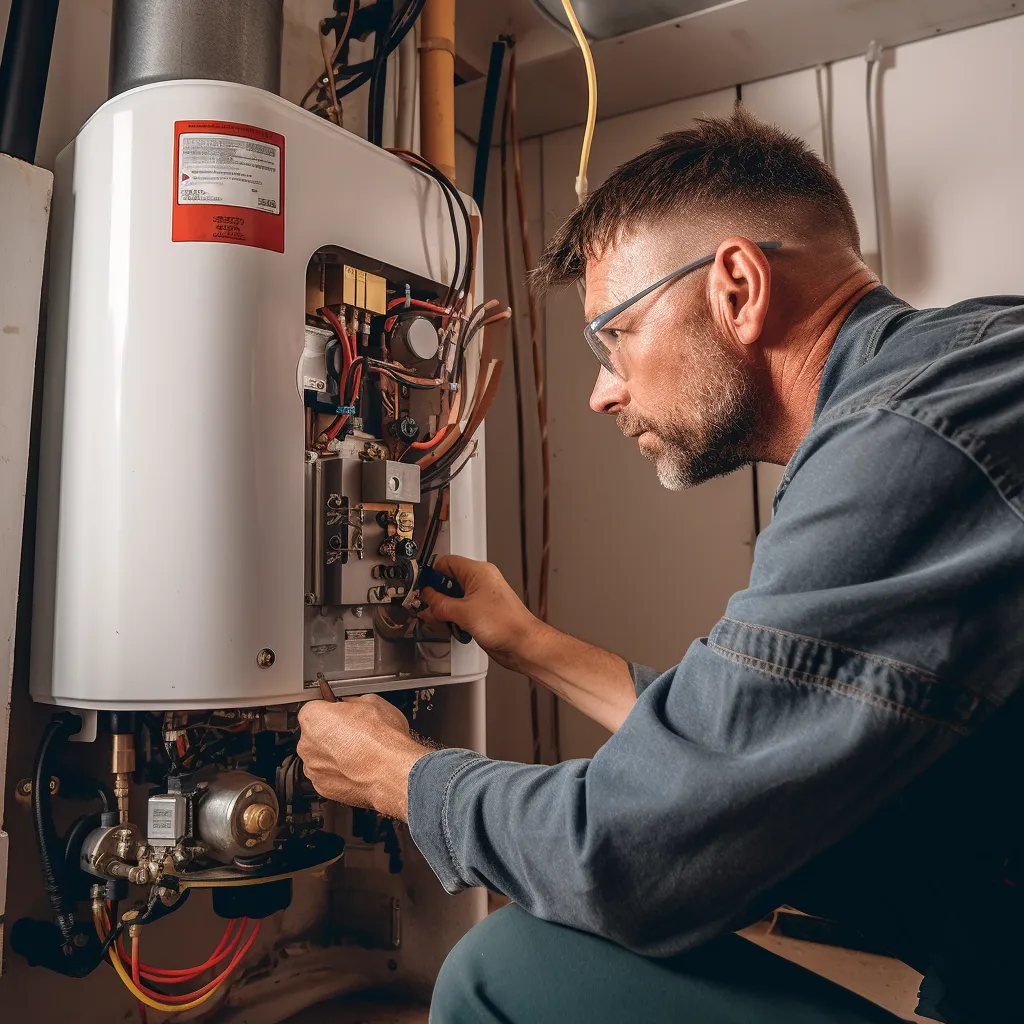
Ensure tight connections and replace worn parts
With water heaters, it is crucial to prioritize the tightness of connections and the replacement of worn-out parts. Ensuring that all connections are secure is essential for the optimal functioning of a new water heater. Additionally, any parts that show signs of wear and tear should be promptly replaced to maintain the efficiency and longevity of the unit. By taking these precautions, you can ensure a successful water heater replacement in Eclectic.
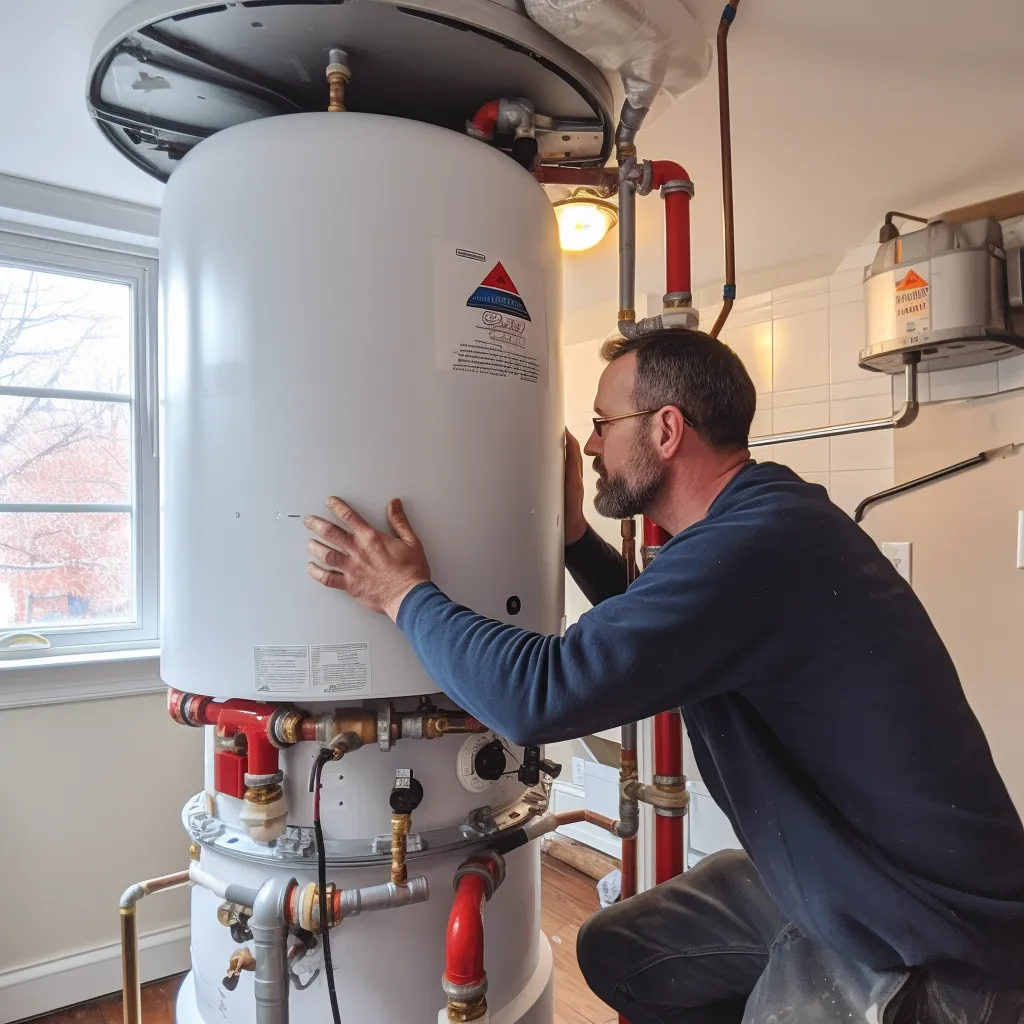
Every two years, have a professional inspect and service your water heater
When it comes to maintaining the functionality and longevity of your water heater, it is essential to have regular inspections and servicing carried out by a professional. By scheduling these inspections at least every two years, you can ensure that your water heater is in top shape and avoid any potential issues or breakdowns. Professional inspections and servicing of your water heater have numerous benefits. Firstly, a qualified technician can thoroughly examine your water heater to identify any signs of wear and tear, leaks, or other potential problems. By catching these issues early on, you can address them promptly and prevent further damage or costly repairs. In addition, regular servicing allows the technician to clean and flush the tank, removing any sediment or buildup that may have accumulated over time. This maintenance step can help your water heater function efficiently, reducing energy consumption and saving you money on utility bills. Moreover, professional inspections provide an opportunity to check the performance of your water heater's components, such as the heating element, thermostat, and pressure relief valve. If these parts are not functioning correctly, it may affect the overall efficiency and safety of your water heater. Addressing these issues immediately ensures optimal performance and reduces the risk of accidents or malfunctions. Lastly, having a professional service your water heater regularly can extend its lifespan. With proper care and maintenance, you can significantly prolong the life of your water heater, ultimately saving you the significant cost of a premature replacement.
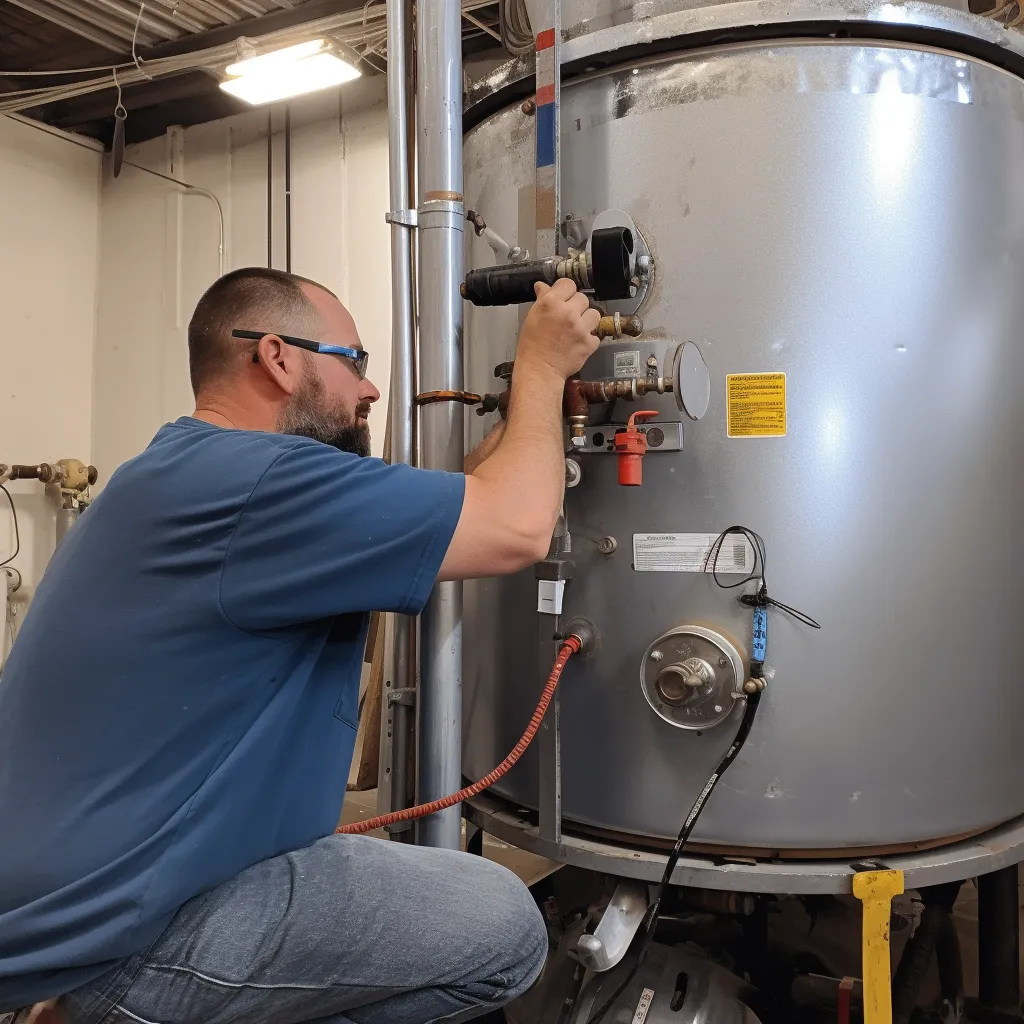
Tips for finding a licensed plumber
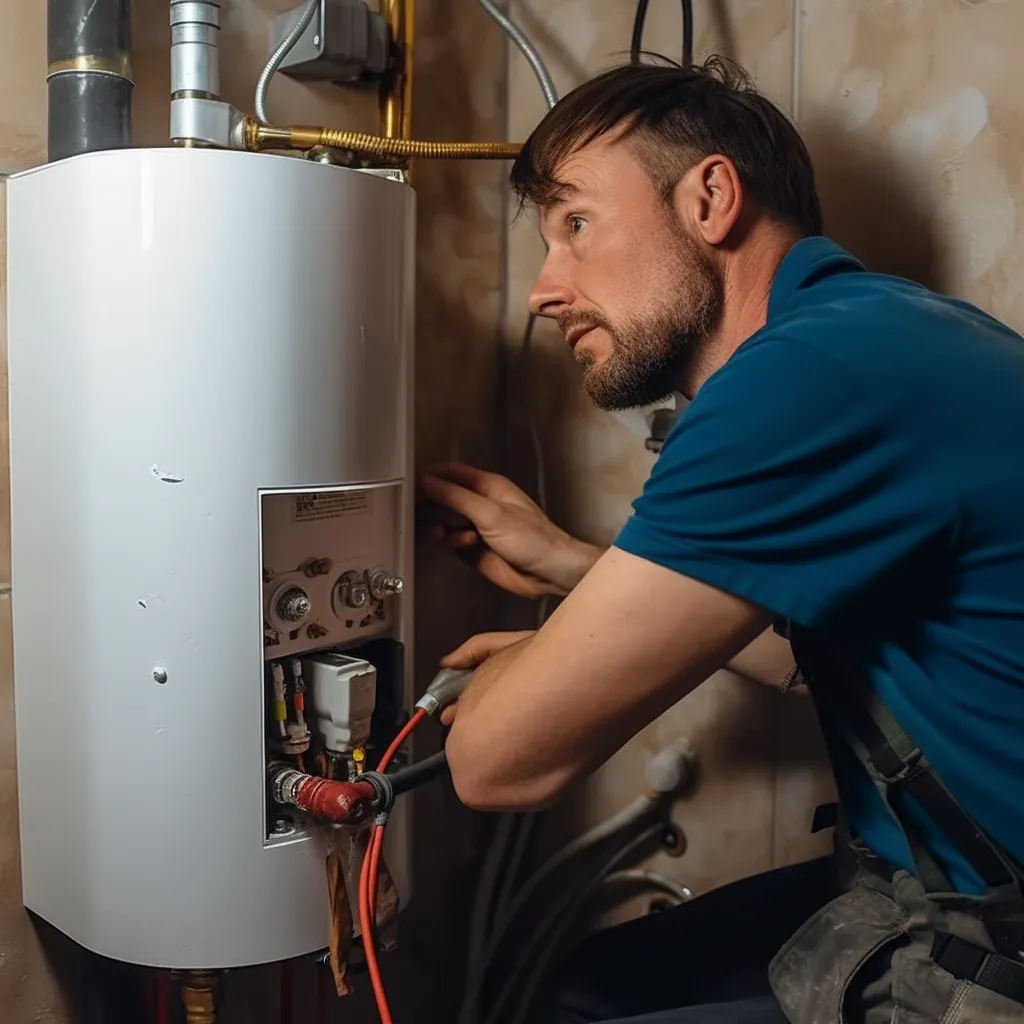
When it comes to hiring a licensed plumber for your water heater replacement in Eclectic, there are several factors that you should consider:
It is imperative that you choose a plumber who is licensed and insured. This will ensure that they have the necessary skills and qualifications to perform the job safely and efficiently.
In addition to being licensed, it is also important to find a plumber who has experience in water heater replacements. Look for a professional who has a proven track record of successfully completing similar projects in the past. An experienced plumber will have the knowledge and expertise to handle any challenges that may arise during the installation process.
Another factor to consider when choosing a plumber is their reputation. Look for reviews and testimonials from past clients to get an idea of the quality of their work and their level of customer service. A plumber with a good reputation will strive to provide excellent service and ensure that you are satisfied with the results.
In addition to their qualifications and reputation, it is important to find a plumber who offers competitive pricing. While cost should not be the sole determining factor, it is important to find a plumber who offers fair and transparent pricing. Be wary of any plumber who tries to offer a significantly lower price, as this may indicate subpar workmanship or the use of inferior materials.
It is beneficial to find a plumber who offers warranties or guarantees on their work. This provides peace of mind knowing that if any issues arise after the water heater replacement, the plumber will be responsible for resolving them.
By considering these factors and doing thorough research, you can find a licensed plumber in Eclectic who is skilled, reputable, reasonably priced, and will provide you with a top-notch water heater replacement service.
Contact Us
